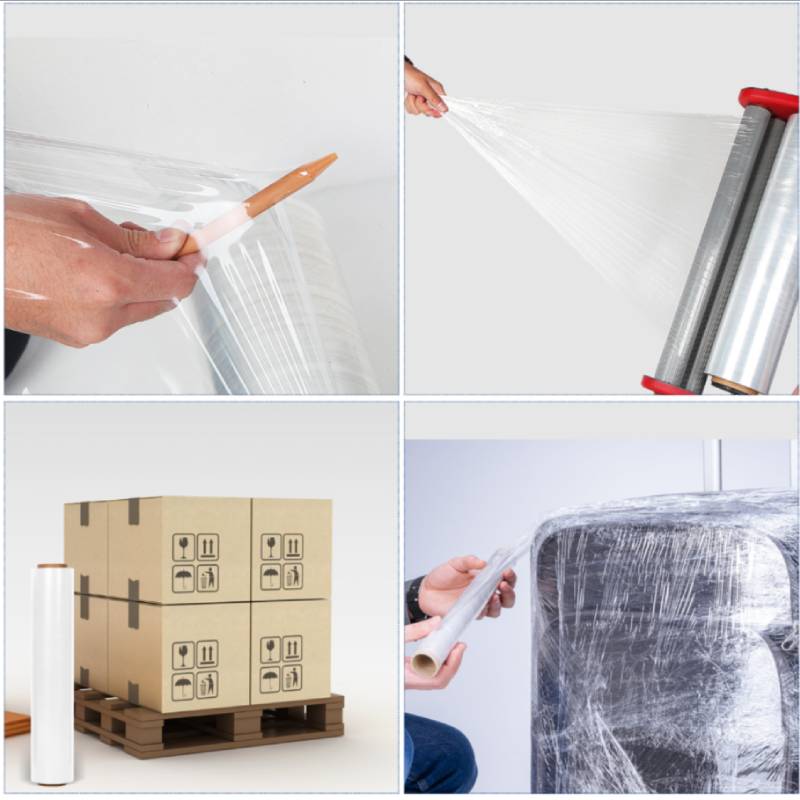Sustainable Paper Cups - Eco-Friendly and Biodegradable Solutions
The Rise of Sustainable Paper Cups A Step Towards Environmental Responsibility
In recent years, the world has witnessed a growing awareness of environmental issues, and the quest for sustainable solutions has become more urgent than ever. One area where this trend is particularly evident is in the beverage industry, specifically regarding the use of disposable cups. Traditional paper cups, while a seemingly eco-friendly choice at first glance, often come with significant environmental costs. This has led to the emergence of sustainable paper cups, which aim to minimize ecological impact and foster a more responsible approach to consumption.
The Problem with Conventional Paper Cups
Standard paper cups are typically coated with a layer of polyethylene plastic, which makes them waterproof and suitable for containing liquids. However, this plastic lining complicates the recycling process as it prevents the cup from being effectively processed in recycling facilities. Consequently, a significant number of paper cups end up in landfills, contributing to the waste crisis. With billions of paper cups being discarded annually, the ecological footprint of these seemingly harmless containers is far from negligible.
Innovations in Sustainable Paper Cup Design
The push for sustainable paper cups has sparked innovation in materials and design. Companies are now developing cups that are made from biodegradable and compostable materials, which break down more readily in the environment. For instance, some brands are using plant-based coatings, such as PLA (polylactic acid), derived from renewable resources like corn starch. These materials not only reduce reliance on fossil fuels but also minimize greenhouse gas emissions associated with traditional plastic production.
sustainable paper cups

Additionally, sustainable paper cups are being designed with enhanced usability in mind. Features like double-walled construction for insulation and improved lid designs ensure that these cups are functional while remaining environmentally friendly. Some manufacturers are also implementing processes that allow for the reuse of their cups, providing incentives for consumers to return cups for cleaning and refilling. These innovations showcase a commitment to both practicality and sustainability.
The Role of Consumers and Businesses
Consumer awareness plays a crucial role in the adoption of sustainable paper cups. As individuals become more educated about the environmental impact of their choices, there is a growing demand for products that align with eco-conscious values. Businesses are responding to this shift by offering sustainable alternatives, often highlighting their commitment to environmental responsibility in marketing campaigns. This trend is not only beneficial for the planet but also enhances brand loyalty among consumers who prioritize sustainability.
Moreover, businesses can bolster their sustainability initiatives by integrating sustainable paper cups into their operations, such as partnering with eco-friendly suppliers or implementing take-back programs. Engaging customers in sustainability efforts, through education and awareness campaigns, can also create a loyal customer base that supports responsible practices.
Conclusion
The rise of sustainable paper cups marks a significant step forward in the quest for environmentally responsible consumption. By addressing the limitations of traditional paper cups and embracing innovative materials and designs, the beverage industry can mitigate its impact on the planet. Collaborative efforts between consumers, businesses, and manufacturers will be key in driving the adoption of sustainable alternatives. As we move toward a more sustainable future, the choices we make today, even in the form of a simple paper cup, will contribute to a healthier planet for generations to come.
-
Have the freedom of customizing your custom mailers any way you want! Our dedicated packaging support will help deliver you the mailing experience you need to elevate your shipping experience to the next level! Start making a strong impression on your customers and stand out from your competitors! -
LIYA uses high quality raw materials which directly purchased from large enterprises domestic and overseas such as PetroChina, Sinopec, Sabic, Equate, ExxonMobil, Dow Chemical, Total, and Borouge, ensuring the price advantage and quality of the raw materials. -
LIYA uses high quality raw materials which directly purchased from large enterprises domestic and overseas such as PetroChina, Sinopec, Sabic, Equate, ExxonMobil, Dow Chemical, Total, and Borouge, ensuring the price advantage and quality of the raw materials.





